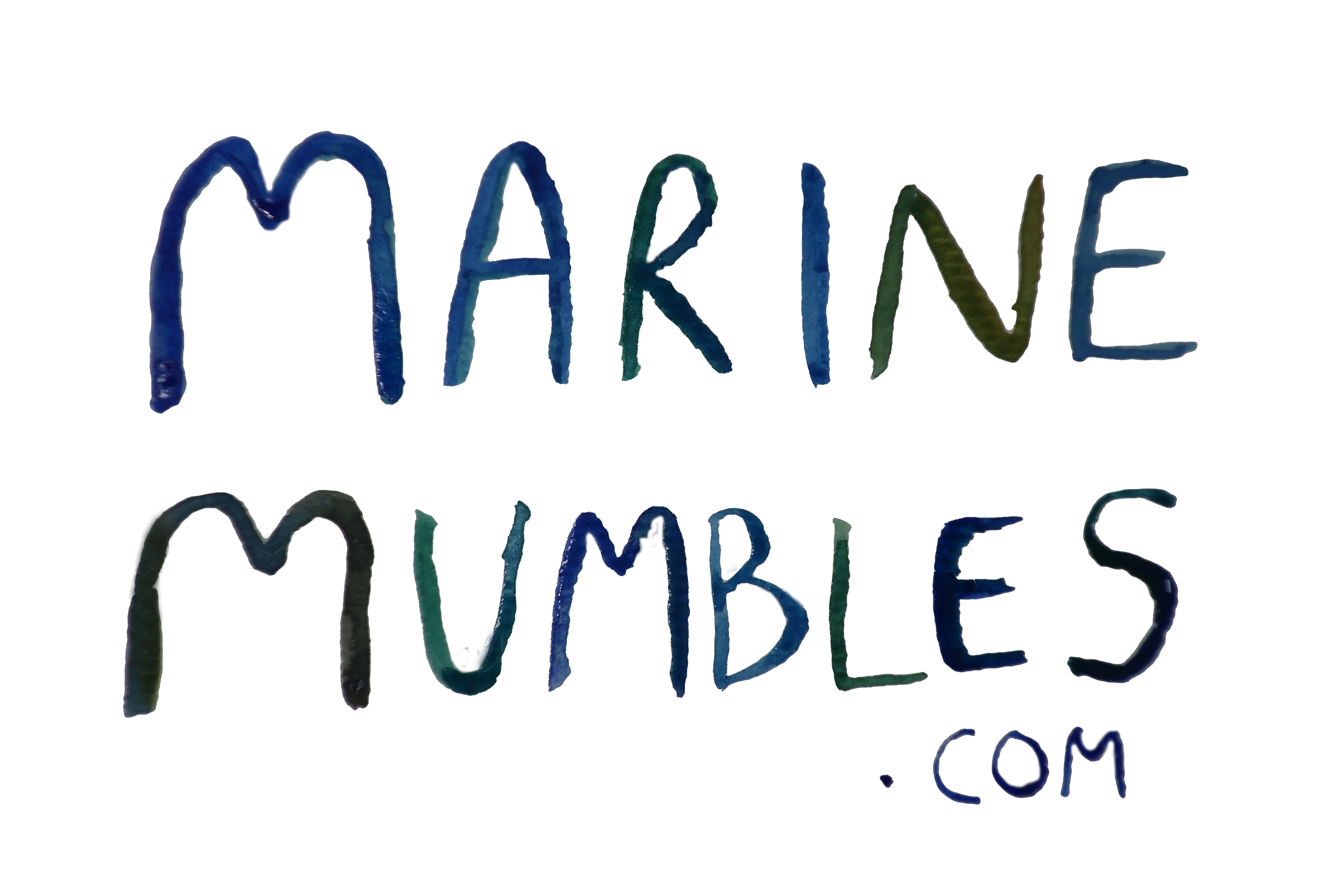Beadlet Anemone – Actinia equina
Beadlet anemones are the tiny blobby red things that you can see on most UK coasts! When they look like this, the tide is exposed and the tentacles retract to reduce desiccation.
Anemones are part of the Cnidaria phylum, the same one that jellyfish and corals come from! If your down the shore and see an anemone with its tentacles out, if you gently touch an anemones tentacles they are very sticky. Although, they don’t sting humans, this stickiness is the nemaocycts cells firing into your skin, as the anemone attempts to catch you! This is the same mechanism used in jellyfish, but in a much less nasty to humans way. This species has up to 192 tentacles in 6 rings around its ‘mouth’ (opening to gastrovascular cavity).
(I haven’t drawn that many tentacles on my above drawing because I am not sure I can even count to 192, let alone draw 192 tentacles). However, the picture below shows more clearly the anatomy/tentacles of a Beadlet anemone.

Actinia equina, black and white helps to show the details of the anatomy. Photo taken on Isle of Sheppey Kent
The above picture is in black and white, normally they range from a dark red to brown (see below).
On the rocky shore, beadlet anemones are normally 4-5cm wide and high. Compared to most other anemones the beadlet anemones are stumpy with short tentacles, they therefore do less ‘active catching’ of species for food but trap food in the tentacles that float past upended in the water column. This can range from bits of mussels that break off as crabs and starfish eat them, to insects drowned in the water and now floating around.
They can be easily confused with strawberry anemones (Actinia fragacea), but these have a much wider (around 9/10cm) and spotty base. They are also much less common, I have never seen one on a rocky shore only in a latin ID test taken for uni!
Whilst doing a bit of research for this post, I have also found to there able to move very slowly away from predators such as nudibranch. This is hilarious, and must be one of the slowest chases in nature! Its the odd facts like this, that make me admire shore species. Without researching you would never realise they could move, let alone run away!! But I don’t think ill will be nicknaming an anemone Usain Bolt anytime soon!
Beadlet anemones are super cool, and there a really awesome little species to know about because there on most shores! As I find out more about them I will update here, but for now hopefully this is enough for you to ID this species, and know a little bit more about these ‘cute’ blobs!
Happy rockpooling!
Don’t forget to follow this site on twitter, for sneak updates on the latest art and the latest random marine facts!



Isle of Sheppey rocks!
You may have got yourself another subscriber. What’s your social media tag?
Hello, thanks for the comment, its lovely to know someone likes the site. Heres the link to my twitter, https://twitter.com/marinemumbles.